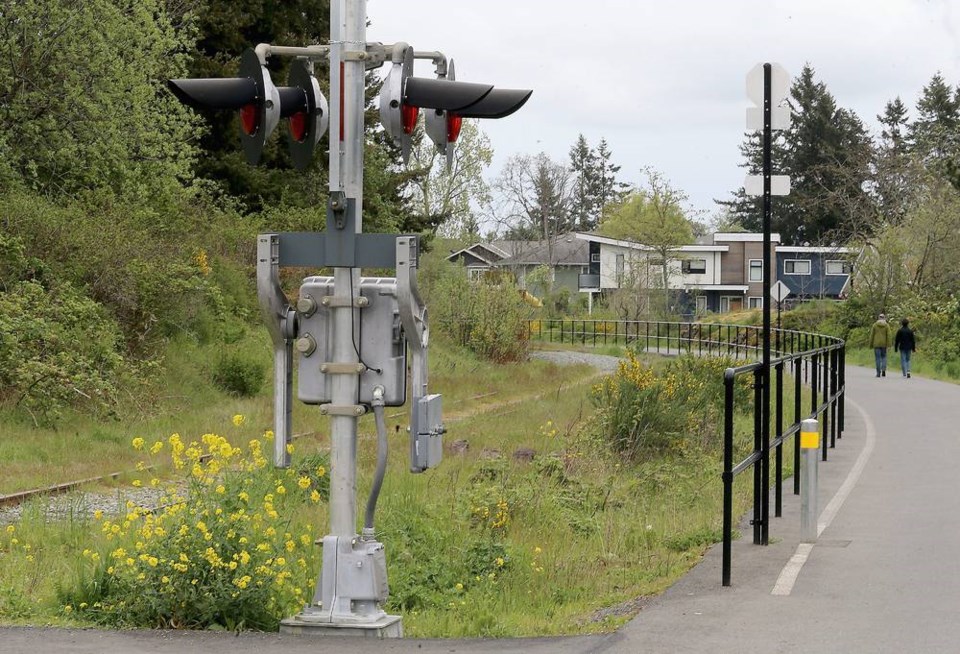A commentary by the chair of the rail action committee, part of the Vancouver Island Transportation Corridor Coalition.
Under the terms of the original creation of the Island Corridor Foundation, it was the long-term (50 years or more) vision that led us to form the foundation to become the owners of the rail right-of-way on Vancouver Island.
The ICF is a child of the regional districts and municipalities but functions independently, much the same as the Vancouver Island Regional Library does.
In her recent commentary, Denise Savoie missed the value of a $350-million asset that could not be duplicated if it did not exist. An asset that can bring short- and long-term benefits to Vancouver Island.
The benefits include various types of passenger services for Western communities and for the entire corridor. Rail passenger services are predominant around the world, yet here in Canada we find it difficult to support an economically beneficial opportunity, particularly coming out of the pandemic, an environmental benefit and for sure a social benefit by investing funds into the rail corridor.
First Nations would be one the biggest benefactors of a revitalized rail system in both passenger services and freight opportunities on their lands.
There are more than 50 opportunities for freight customers who could use the rail freight services up and down Vancouver Island. One of the most important opportunities, that would relieve congestion in the Port of Vancouver and eliminate freighters at anchor around the Island, is the movement of containers from Port Alberni through Nanaimo and across North America via the continent’s major railways.
Freight is revenue for a railway and reduces the subsidy that might be needed to carry passengers.
There are also tourist train opportunities. Cruise ships will be back and cruise ship passengers love nothing more than a train trip.
Victoria, up the Island and back, Nanaimo to Courtenay, Nanaimo to Port Alberni, Nanaimo to Duncan. Ski trains and cycling trains to Mount Washington. Steam trains. Parksville to Port Alberni. Nanaimo to Port Alberni with stops at Parksville and Coombs. Dinner trains. There are more than 600 tourist railways in the United States and many operate in conjunction with freight and other services.
Again, additional revenue to provide the operation with funds to offset intercity passenger services and a form of commuter services.
Sadly, all of these wonderful, viable and wise possibilities are being sidelined with misinformation.
The cost to provide all of these services is minimal compared with the hundreds of millions of dollars being spent on such things as the McKenzie interchange, which is not really an interchange, just an overpass. For as little as $80 million, the “on the ground infrastructure” can be brought up to a high standard from Victoria to Nanaimo, which will provide a number of passenger train opportunities and freight opportunities immediately while further investment over the next five years will provide addition rail services, jobs, economic activity, environmental benefits and many social benefits.
One of the large flaws in the provincial report on the rail idea is the excessive contingency fund of 97 per cent. No project ever adds 97 per cent contingency. Is this being done to make the project look bad? Hard to think otherwise.
The Vancouver Island Rail Corridor is a huge opportunity not to be missed. Vancouver Island is growing in leaps and bounds, with a population heading for one million in a very few years. Industrial growth is at an all-time high. The construction industry is at an all-time high.
Now is the time. Rail is the future.



